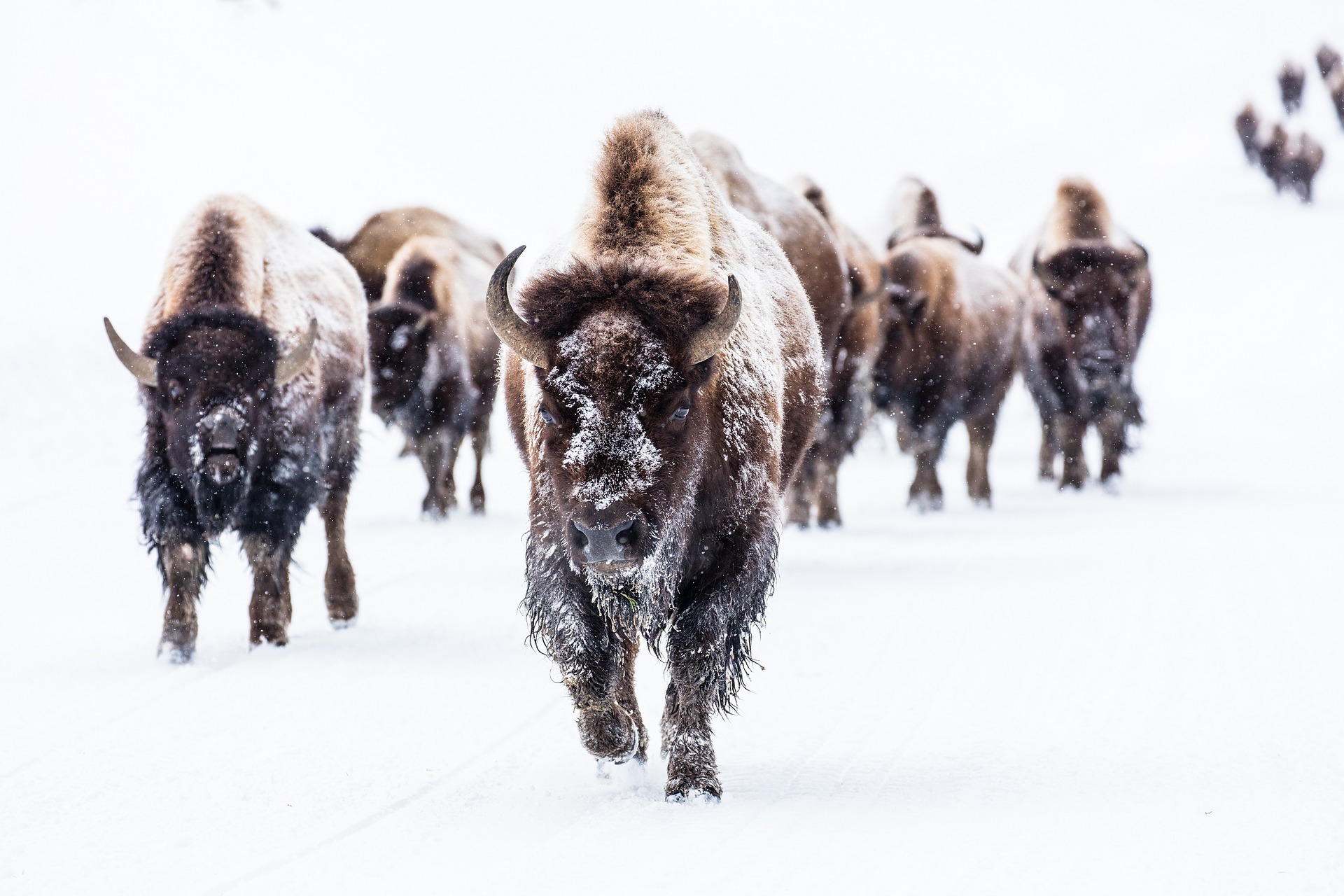Preserved ancient bison tail found

Scientists have found what is thought to be the ancient remains of a bear or lion’s meal, preserved by the extreme cold of the Siberian permafrost. A tail that belonged to an ancient steppe bison was found in the north of Sakha Republic in the basin of the Indigirka River. It is believed to be about 8,000 years old.
DNA is being extracted from the tail remains, and the genome sequencing of this ancient beast will be done in South Korea. This find comes as scientists are already taking steps to clone bison as part of a long process to recreate the steppe bison and repopulate Siberia.

Korea has already successfully completed crossbreed clones, but no one has yet managed to do cross-species cloning. Russian and South Korean scientists will be working together to try and successfully clone one of these ancient animals, using a Canadian wood bison (a subspecies of the American bison) and a surrogate cow mother.
It is hoped if their experiments are successful they will end up with a newborn that will be 99.8% bison. It is a very exciting time in the scientific world, with work already on the way to bring back the woolly mammoth.
The scientists are using DNA to analyze the differences of the ancient and modern bison; if the modern bison is identical, it could possibly be released into the Siberian wilds instead of having to be isolated in special enclosures. This would be very exciting for not only the scientists but also the people who eke out an existence there. Bison have not been seen in the wilds of Siberia for many, many years.

It will take three years or more before any results will be seen. The scientists first need to be able to clone a modern bison before they even start on the actual cloning project of using the ancient DNA material, but hopes are high within the scientific community.
The Ukok Plateau is considered to be the closest analogy we now have to the mammoth steppe that existed during the Last Glacial Maximum; it is a UNESCO World Heritage site in Siberia, near the Altai Mountains. Its large grasslands are under threat from gas pipelines and other forms of encroachment from mankind.
Yet this would be a near perfect place to release any of the cloned creatures such as the mammoth or bison, as it closely resembles the ecosystem they used to live so long ago. Hopefully, the steppe will stay pristine so that there is a place for the bison to thrive.
If you have any comments then please drop us a message on our Outdoor Revival Facebook page
If you have a good story to tell or blog let us know about it on our FB page, we’re also happy for article or review submissions, we’d love to hear from you.
We live in a beautiful world, get out there and enjoy it. Outdoor Revival – Reconnecting us all with the Outdoors.
